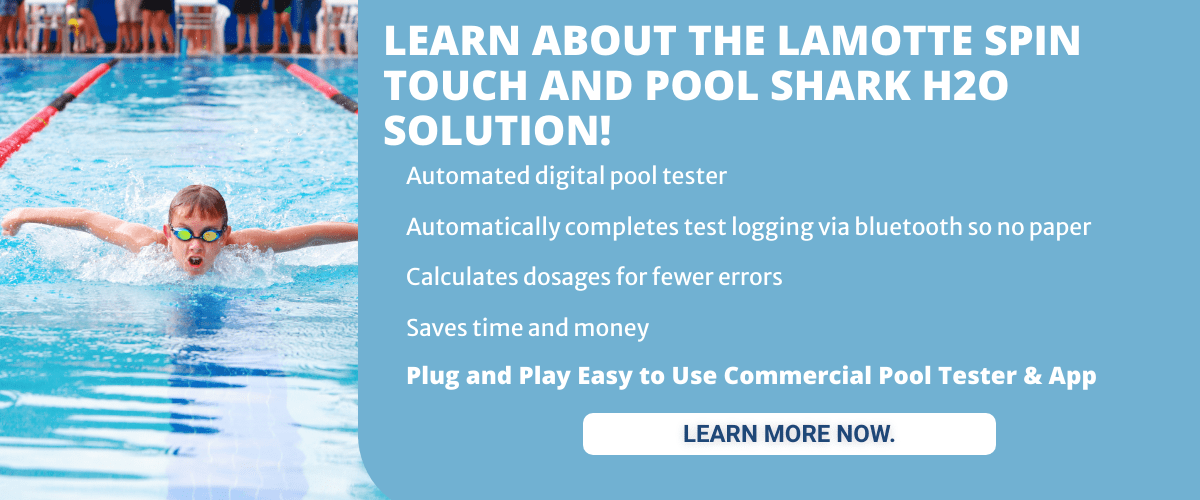We use a chemical called Cyanuric acid to help our chlorine from burning off in the sun in a matter of hours. Cyanuric acid (CYA) is also known as “conditioner” or “pool stabilizer”. But we don’t want too much as this makes the chlorine much less effective, which in turn, costs you more money on chlorine. No bueno.
What is a Good Level of CYA (Pool Stabilizer)?
According to swimming pool industry experts, we want our pool stabilizer to be less than 40 ppm. Anything over that doesn’t help chlorine loss. CYA gets added manually or from using granular trichlor or dichlor. It also comes from our trichlor tablets. When we have the appropriate levels of CYA our chlorine will be more efficient and you will have to use less. That is less work for you and more money in your pocket.
High CYA (Pool Stabilizer)
You may have older water and the pool stabilizer has been rising every year and you may be well over 40 ppm. Don’t panic! There are two ways to get rid of high CYA.
Lowering Pool Stabilizer Method 1
There is an old-fashioned way of draining the pool. If your other levels are high such as calcium hardness and total dissolved solids, it might be time to drain the pool anyway. You can find these levels by testing the water with your LaMotte spin lab and viewing your results on your Pool Shark H2O App. You can also manually test your water and enter your results into your Pool Shark H2O App. Old water is difficult to deal with because the chemicals are less efficient. If you are thinking of draining solely to reduce your CYA we are here to tell you there is another way.
Lowering Pool Stabilizer Method 2 - Chemically Reducing CYA
The newest findings are that you can chemically reduce CYA levels in your body of water. Rudy Stankowitz (CPOClass.com), a well-renowned swimming pool expert, did an experiment using Aluminum Sulfate (Al2(so4) to lower CYA (C3H3N3O3). Aluminum sulfate is the active ingredient in products labeled as “Floc”. Alum is temperamental with water temperature and pH.
- pH needs to be 5.8-8.0 ppm (Studies however, have shown you will need 2x the amount of alum to achieve a result at a pH of 8.0 than it does at 7.0) Too high or too low of a pH and this treatment won’t work.
- The water needs to be at least 70 degrees (The ideal temperature is 75 degrees)
- Add 8.33 pounds per 10,000 gallons of water
- This treatment should only be done by pool professionals
- Be prepared to slowly vacuum to waste a huge amount of sludge from the bottom of your swimming pool.
- Clean the filter as needed. A portable vacuum may be your best bet.
There have been rave results from utilizing this method. Keep in mind it may take a couple of days of circulation to get your final achieved results.
Lowering Pool Stabilizer Warnings
Aluminum sulfate should not be used in a saltwater pool at high levels. You run the risk of shortening the life span of your salt cell. High sulfate levels can also cause damage to stonework. We do not want to use alum in a pool with colored plaster. This is due to the possibility of bleaching. You’ll want to test your water for any residual following your use. We want less than 0.2 ppm.
Proven Results Lowering Your Pool Stabilizer
Many pool professionals have been posting about their success with this proven method. Some pool pros record a 50% drop in CYA by using this method. If you are still not convinced, give it a try! What have you got to lose except for high CYA levels? See you poolside!
More Commercial Pool Chemistry Resources
Free, vs Combined vs Total Chlorine - A Guide for Commercial or Public Pool Operators
Chlorine Shock vs Non-Chlorine Swimming Pool Shock
Why Being Able to Calculate the Volume of a Commercial or Public Swimming Pool is Important
Cyanuric Acid Levels in Swimming Pools
Ideal Alkalinity in Commercial Pools
Managing pH and Alkalinity in Pools
Commercial Pool Chlorine Management
Lowering Alkalinity in Swimming Pools
Reasons Your Public or Commercial Pool Water Could Be Cloudy
Muriatic Acid in Swimming Pools



